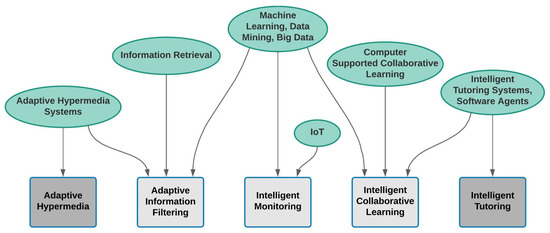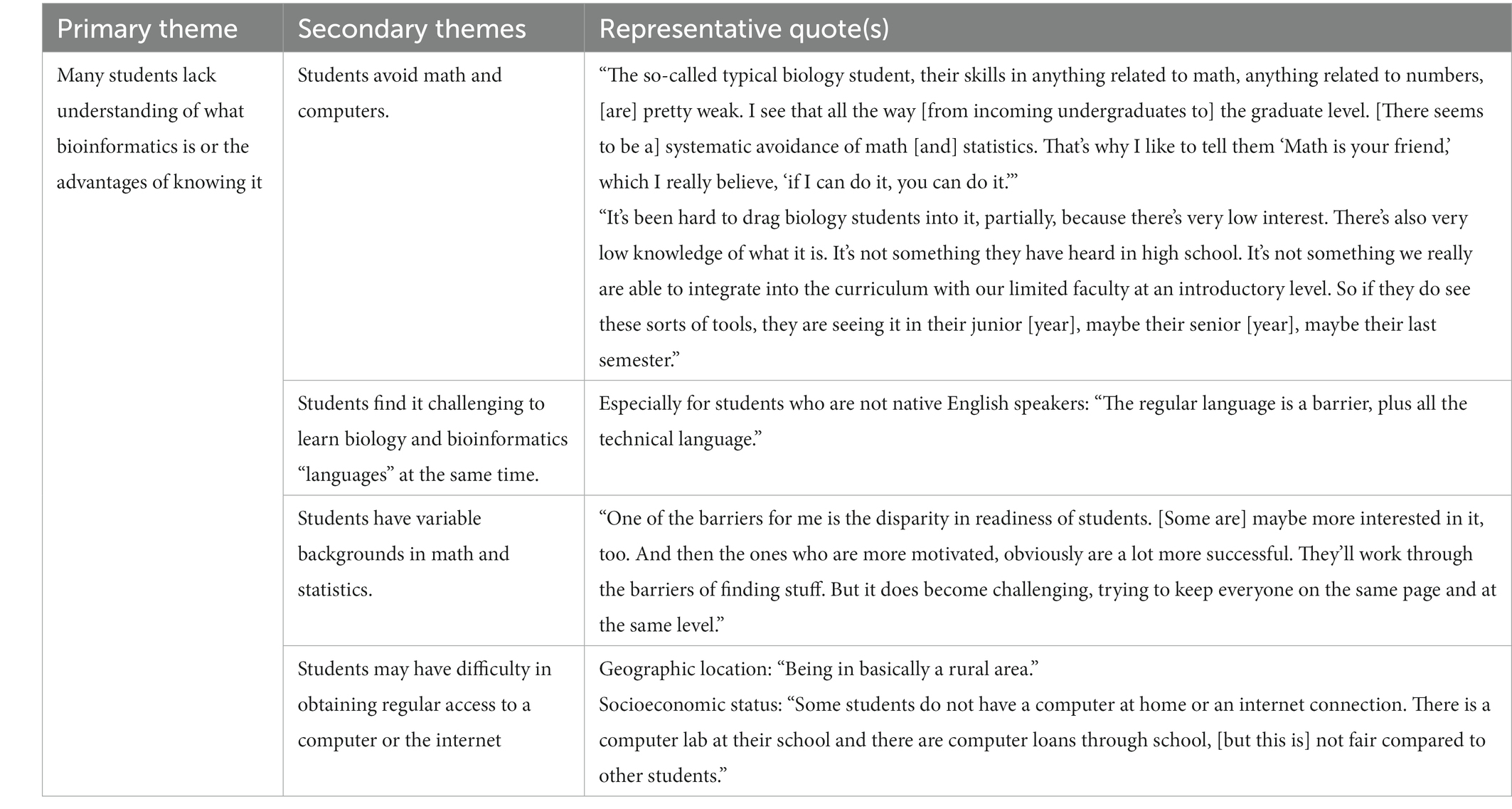An Unbiased View of Bioinformatics Tutor
Table of ContentsHow Bioinformatics Tutor can Save You Time, Stress, and Money.8 Simple Techniques For Bioinformatics TutorThe Best Strategy To Use For Bioinformatics TutorOur Bioinformatics Tutor DiariesThe Definitive Guide for Bioinformatics Tutor
Of the overall participants associated with the training, 80% were trainees from public greater education organizations, while the staying 20% originated from private organizations. To certify for a certification of involvement, students were called for to attend at the very least 90% of the total training hours. As a result of this need, an outstanding 95% of the individuals effectively obtained their certificates, having not just satisfied the minimum presence requirements however also finished all assigned tasks throughout the training.
During the height of the COVID-19 pandemic, particularly between June and August 2020, the job team was charged with organizing specialized training in bioinformatics. This training was specifically intended at trainees from the study group Nucleus for Study in Applied Computer at the Federal College of Pará (UFRA) The adaptation to remote discovering platforms due to the pandemic produced a chance to explore new teaching techniques and digital tools that improved both reach and performance.
This course was developed to supply an obtainable yet thorough summary of Artificial Intelligence strategies, specifically as used in bioinformatics (Bioinformatics Tutor). This virtual layout enabled participation from pupils throughout Brazil, several of whom may not have had the chance to attend in-person sessions.
Bioinformatics Tutor Fundamentals Explained
Approximately 50% of the total training hours were committed to useful tasks where students developed intelligent designs and applications in a variety of clinical domains, consisting of genetics, molecular biology, and ecological information analysis. These systems allowed students to engage in real-time data adjustment, version training, and algorithm trial and error.
Sixty of them were associated with different higher education establishments in the state of Pará, while the staying twenty came from institutions found in five various other Brazilian states. By introducing Artificial Knowledge in a functional and pertinent context, the initiative offered to bridge the gap between concept and real-world application, providing pupils with a solid structure for future study or employment in the field.
The training effort formed part of a broader academic outreach initiative known as the Bioinformatics on the Roadway job. This project has, for many years, introduced loads of students to the world of bioinformatics and computational biology. The events held under this umbrella campaign have happened throughout several areas and years, as summarized in Table 1 (Checklist of events, places, years, and overall numbers of pupils and instructors)
Several of these teams, initially brought together by their involvement in training occasions, have actually considering that gone on to produce independent scientific research my site study in partnership internet with regional academic institutions. The training not only fostered clinical reasoning within the context of bioinformatics but also triggered collaborative relationships that prolonged beyond the training environment.
An Unbiased View of Bioinformatics Tutor
The task itself was conceived and organized by megabytes and RR, that supervised the planning and execution of each step. Lectures were delivered by a multidisciplinary group containing megabytes, FA, EF, KP, JS, DM, SN, LP, LG, RR, ac, and ih. The very same group, excluding IH and RR, additionally worked as tutors for the sensible training modules. Financing for the job was given via the grant 88887.200562/ 2018-00 from CAPES. The writers extend their gratitude to everybody that contributed to the understanding of this project, whether straight or indirectly, because its beginning.
The Federal University of Pará's Workplace of Research (PROPESP/UFPA) likewise gave monetary support, specifically for the production of the last manuscript. The writers declare no industrial or monetary disputes of passion that could have affected the research. Moreover, all interpretations and opinions revealed in this post are entirely those of the authors and do not necessarily show those of their particular institutions, the author, editors, or reviewers associated with the magazine process.

Bioinformatics Tutor Fundamentals Explained
From a pedagogical viewpoint, the mentor technique utilized in the training was deliberately interactive. Courses were performed in a fashion that urged trainee involvement and discussion, exceeding rote memorization to check out exactly how ideas are created, used in life, and evaluated in academic setups. The educational approach concentrated on nurturing both strong and battling trainees, offering individualized support, and building self-confidence with sustained mentorship and perseverance.

Each team, consisting of about 36 individuals, was sustained by three mentors-- a lot of whom were postdoctoral scientists with customized knowledge. These mentors not just aided create the group tasks however also promoted their implementation, making sure that each research concern was both appropriate and appropriately tough. The goal was to offer a biologically practical context that individuals could discover through open-ended objectives and accessibility to curated datasets.
For additional understandings into the technique and end results of this project-based understanding technique, readers are routed to S1 Text, that includes thorough descriptions of the instructional framework, analysis methods, and project styles utilized in the training sessions.
The Only Guide to Bioinformatics Tutor
Of the total participants entailed in the training, 80% were pupils from public higher education establishments, while the remaining 20% came from private organizations. To certify for a certificate of involvement, trainees were called for to participate in at least 90% of the total training hours. this link Significantly, past the students who registered in the training sessions, seven seasoned instructors got involved in supplying the training courses, while 3 dedicated study professors coordinated the general training process. Around 50% of the overall training hours were devoted to practical activities where students developed intelligent models and applications in a range of scientific domain names, consisting of genes, molecular biology, and environmental data analysis. The training not only fostered scientific thinking within the context of bioinformatics yet additionally triggered collective partnerships that expanded past the training atmosphere.